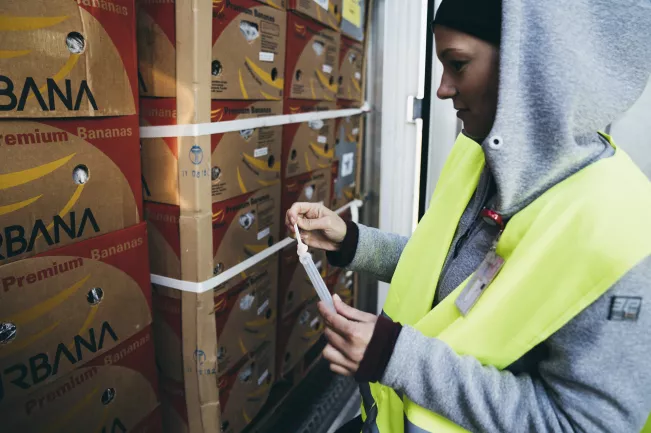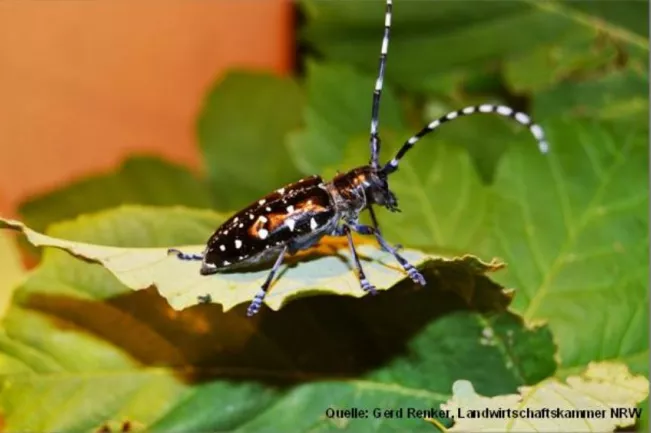Institute for Safety and Security Research (ISF)
SECURITY RESEARCH - CHEMICAL ANALYTICS

One central research and transfer topic for the Campus to World project is the development and assessment of chemical sensors and procedures for detecting hazardous substances in various scenarios. This can include explosives, drugs and/or other toxic industrial chemicals, as well as improvised explosive devices (IEDs). H-BRS is working closely with businesses and national security authorities in this field.
H-BRS institutes have modern trace analysis and detection systems and procedures to tackle scientific challenges.

Laser detection of explosives
Classic analysis procedures only work to a limited extent if an IED is so densely packed that no traces can escape. Therefore, we are developing a mobile laser cutting and drilling procedure to identify CBRNE (chemical, biological, radiological, nuclear and explosive) agents in complex packaging. The aim is to develop a robot that can open suspicious objects, such as luggage, without contact, i.e. remote-controlled, and can laser-scan the contents for hazardous substances.

Innovative technologies detect invasive pests
Another area of research is the development of innovative technologies for the detection of invasive pests, such as the Asian longhorned beetle (Anoplophora glabripennis, ALB for short). Highly sensitive analytic devices can identify this quarantine pest in all stages of development inside its vital host tree.
A procedure was developed under the Campus to World project that allows enriching volatile substances on a carrier medium. The carriers can then be tested for relevant markers using either special chromatography devices or specially trained sniffer dogs. If the infestation is confirmed, large-scale clearing of surrounding deciduous trees is often necessary. The procedure also allows significant improvements in the training of sniffer dogs, since carriers can be loaded with the relevant volatile substances. This prevents changes in smell due to degeneration and complies with legal quarantine regulations. This sampling procedure is also used in other areas, for example, to improve detection of listed species.